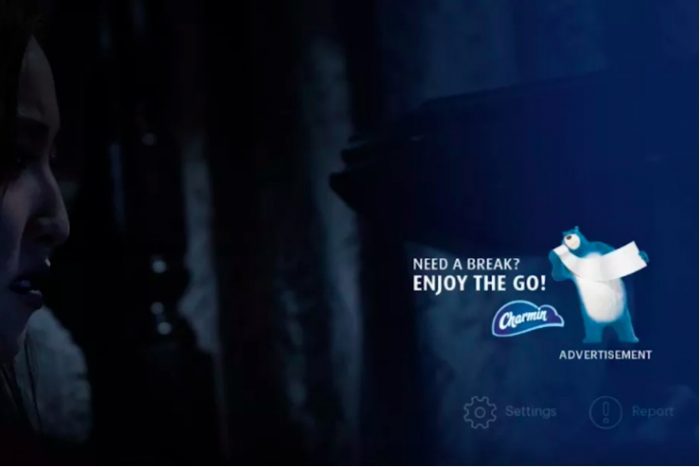Hulu Is Now Planning To Run Ads When Users Pause Videos
Hulu is planning to roll out a new advertising format. The streaming service will soon start testing ads that play when users pause the video, an attempt to target binge-watchers who have begun to cut the cord for linear TV in favor of digital streaming. But it probably won't gain them any fans among users who turn to streaming services explicitly to get away from commercial breaks.
Hulu is beginning testing for a new form of advertising. The streaming service will begin showing ads whenever its users pause videos, but those new advertising units won't be a video. The pause-screen ads will be similar to a pop-up, with an image appearing onscreen that acts as a transparent banner ad. An example can be seen below (via The Verge):

This pop-up format is based on research it conducted with users which found that "consumers generally preferred ads that were subtle and non-intrusive," vice president and head of advertising platforms Jeremy Helfand wrote in a blog post on Hulu's website.
"You really just have a few moments" to deliver a message before the viewer will follow through on whatever drove the impulse to pause, Helfand told Variety. "It's more like a driving by a billboard, where you need to get out an effective message out very succinctly in a short amount of time."
Coca-Cola and Charmin will be taking part in Hulu's pause-screen ad rollout, with Coca-Cola already taking advantage of the unique format with the slogan "the pause that refreshes." Meanwhile, Charmin seems suited for the pause screen because of its bathroom connection — that's often why people need to pause a show. The ads are expected to roll out in the coming months and will only appear on select content during the trial run, according to Hulu's blog post.
But hoo boy, this will not be popular. As if we are not inundated with enough ads, Hulu is attempting to monetize whatever free space they have left. It is nice that these pause-screen ads will only be pop-ups, but it will make Hulu's lowest-tiered pricing package less popular than it already is. Perhaps this is just a long game by the streaming service, an attempt to get subscribers to buy the higher-priced ad-free package. And it may just work.
